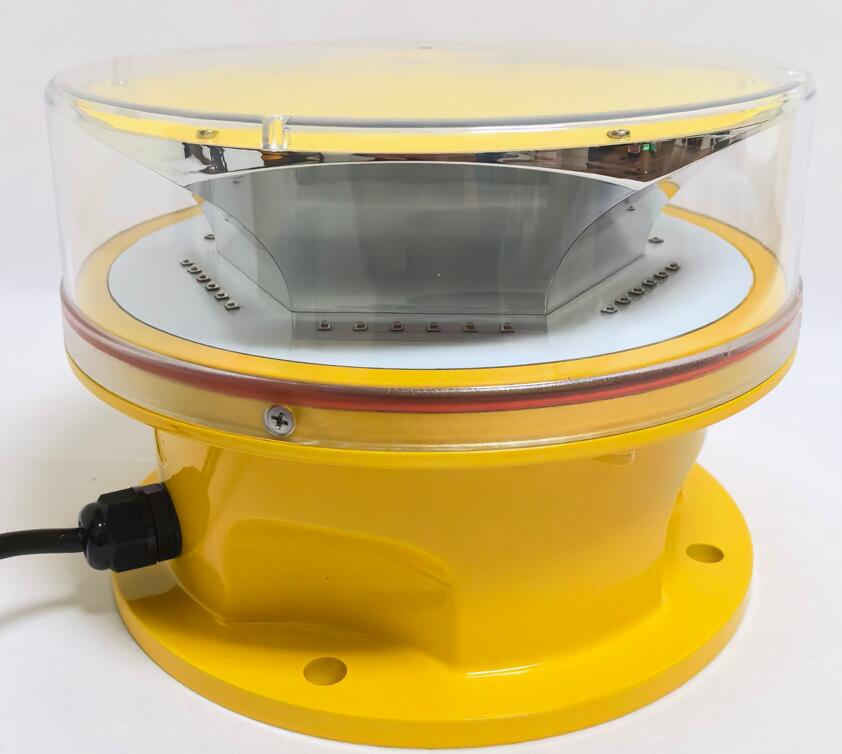Choosing the Right Obstruction Light Supplier: Key Factors for Reliable Aviation Safety
An obstruction light supplier plays a crucial role in ensuring aviation safety by providing high-quality, compliant lighting solutions for tall structures. Whether for telecommunication towers, wind turbines, or skyscrapers, selecting the right supplier is essential for long-term performance and regulatory adherence. This article explores the critical considerations when choosing an obstruction light supplier, the benefits of a reliable provider, and industry trends shaping the market.
Why the Right Obstruction Light Supplier Matters
Obstruction lights are mandated by aviation authorities worldwide to prevent collisions with tall structures. A dependable obstruction light supplier ensures that these lights meet strict standards while offering durability, energy efficiency, and ease of maintenance.
1. Compliance with Aviation Regulations
Different regions follow guidelines from the FAA (U.S.), ICAO (International), or EASA (Europe). A reputable obstruction light supplier will provide products certified to these standards, ensuring legal compliance and safety.

2. Product Quality and Durability
High-quality materials, weather-resistant designs, and advanced LED technology are essential for long-term performance. Leading suppliers offer lights with:
Corrosion-resistant coatings for harsh environments
High IP ratings for water and dust protection
Extended lifespan with minimal maintenance
| obstruction light supplier |
3. Customization and Technical Support
Not all structures have the same lighting needs. A top-tier obstruction light supplier should offer:
Customizable light intensity, flash patterns, and colors
Solar-powered or low-energy options for remote locations
Expert guidance on installation and maintenance
| obstruction light suppliers |
Key Factors When Selecting an Obstruction Light Supplier
1. Industry Experience and Reputation
Established suppliers with years of experience are more likely to provide reliable products. Look for:
Case studies or past projects in similar industries
Customer reviews and testimonials
Certifications from recognized aviation bodies
2. Product Range and Innovation
A strong obstruction light supplier should offer a diverse portfolio, including:
Low-, medium-, and high-intensity obstruction lights
Dual lighting systems (red/white) for day/night use
Smart lighting with remote monitoring capabilities
3. After-Sales Support and Warranty
Reliable suppliers provide:
Comprehensive warranties
Technical support for troubleshooting
Replacement parts and upgrade options
4. Global Distribution and Logistics
For multinational projects, the supplier should have:
Efficient shipping and delivery networks
Local service centers for quick assistance
Compliance with import/export regulations
Emerging Trends in Obstruction Lighting
1. Smart and Connected Lighting Systems
Modern obstruction lights now integrate IoT technology for:
Real-time performance monitoring
Automated fault detection
Remote brightness adjustment
2. Energy-Efficient and Solar-Powered Solutions
With sustainability becoming a priority, suppliers are offering:
Solar-powered obstruction lights for off-grid locations
LED-based systems with lower power consumption
3. Enhanced Durability for Extreme Conditions
Suppliers are developing lights that withstand:
Extreme temperatures (arctic or desert climates)
High winds and saltwater corrosion (offshore applications)
Selecting the right obstruction light supplier is critical for ensuring aviation safety, regulatory compliance, and long-term cost efficiency. By evaluating factors such as product quality, customization options, and after-sales support, businesses can make informed decisions that enhance safety and operational reliability.
As technology evolves, leading suppliers will continue to innovate, offering smarter, more sustainable lighting solutions. Partnering with a trusted obstruction light supplier ensures that your infrastructure remains visible, compliant, and future-proof.
Investing in the right supplier today can prevent costly regulatory issues and improve safety for years to come.
